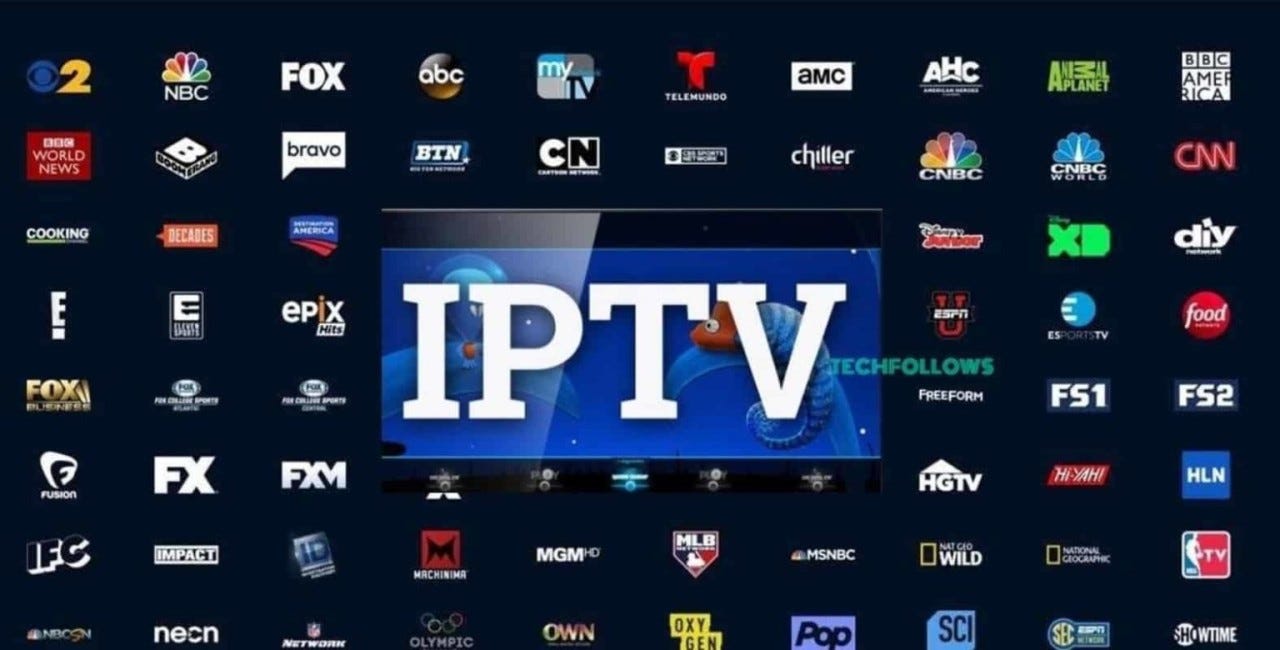Let loose the Power of IPTV: Costs IPTV Subscription Solutions Available Now
Let loose the Power of IPTV: Costs IPTV Subscription Solutions Available Now
Blog Article
Exactly How IPTV Functions: A Step-by-Step Guide to Net Procedure Tv Innovation
Internet Procedure Tv (IPTV) has reinvented the way we take in tv content, offering a new world of opportunities with the power of the internet. Understanding the ins and outs of exactly how IPTV functions can clarify the innovation that drives this cutting-edge type of media distribution. From the fundamental principles of IPTV to the complicated procedure of content shipment, each action plays an important duty in guaranteeing a seamless watching experience. In this overview, we will discover the hidden devices that make IPTV a fascinating fusion of technology and home entertainment.
IPTV Fundamentals
In comprehending IPTV fundamentals, it is critical to understand the essential operations of this technology in delivering tv web content over the net. IPTV, which represents Net Method Tv, makes use of Web Procedure (IP) networks to transmit television content to users' devices. Unlike traditional approaches of broadcasting television content with cord or satellite signals, IPTV streams media with high-speed internet links.

Moreover, IPTV enables interactive capabilities, such as video clip on need (VOD) and electronic program overviews (EPG), boosting the customer experience by offering even more control and versatility in accessing material. Overall, recognizing the fundamentals of IPTV sets the structure for exploring its advanced functionalities and the advantages it uses to modern television usage.
Material Distribution Process
Reliable material delivery in IPTV systems entails a well-structured procedure that guarantees smooth transmission of tv web content over IP networks. The material delivery process in IPTV begins with the creation of the video web content, which is after that encoded into digital layout suitable for IP transmission. This inscribed web content is after that safely saved on web servers known as media web servers. When an audience demands specific content, the IPTV system fetches the requested data from the media servers and supplies it to the viewer's tool over the net.

Middleware Functionality
With the combination of middleware, IPTV systems gain enhanced performance that improves customer interaction and web content administration. One of the key functions of middleware in IPTV is to enable personalized individual experiences by providing attributes such as interactive program guides, video-on-demand services, interactive advertising and marketing, and individual choices administration.

Tool Compatibility
Offered the pivotal function of middleware in making it possible for smooth communication and web content monitoring in IPTV systems, a crucial facet to take into consideration is the compatibility of gadgets utilized for accessing the IPTV solutions. Gadget compatibility is vital for guaranteeing a smooth individual experience and optimal performance when accessing IPTV material.
In the context of IPTV, device compatibility refers to the capacity of a tool to successfully engage with the IPTV service, show content correctly, and sustain the essential procedures and codecs for streaming video content over the web. Different gadgets, such as smart Televisions, set-top boxes, smart devices, tablets, and computers, might have varying levels of compatibility with IPTV solutions.
To make sure a seamless watching experience, it is essential for customers to pick gadgets that are suitable Source with the particular IPTV solution they are making use of. Furthermore, IPTV service providers need to use assistance for a large range of tools to cater to the varied requirements of their user base. By focusing on gadget compatibility, both users and provider can boost the overall IPTV experience.
Top Quality of Service (QoS)
Taking into consideration the critical function of keeping a high criterion of efficiency and reliability in IPTV systems, guaranteeing constant High quality of Solution (QoS) continues to be a fundamental element read more of the customer experience. QoS in IPTV refers to the capacity of the system to deliver content with minimal disturbances, high resolution, and fast loading times.
Service carriers use QoS devices such as traffic prioritization, buffering, and error correction to keep a secure IPTV solution. By prioritizing IPTV traffic over much less time-sensitive information, carriers can make certain smooth playback also during peak use hours. Buffering aids make up for network changes, while error correction strategies improve data integrity.
Continual tracking and optimization of QoS specifications are vital to adapt to transforming network problems and user needs. Eventually, a robust QoS structure is essential for supplying a smooth and delightful IPTV experience to individuals.
Conclusion
In conclusion, IPTV runs with the transmission of tv content over internet method networks. Quality of Service plays a critical role in preserving the performance and reliability of IPTV solutions - IPTV subscription.
Report this page